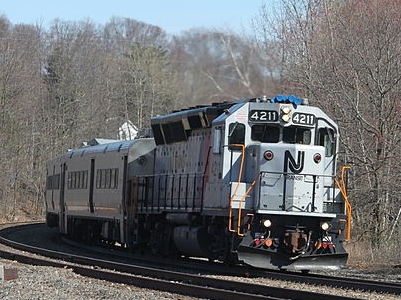
AECOM launches digital solution aimed at helping transit agencies recover from the impacts of coronavirus
AECOM, an infrastructure consulting firm, launched an updated version of its transportation scenario-planning tool designed to help transit agencies react to the impacts of COVID-19 on their systems.
This latest iteration helps transit agencies, departments of transportation, and other clients across the U.S. assess how pandemic infection rates, stay at home orders, availability and deployment of a vaccine, economic recovery and re-opening, and other factors are expected to impact transportation patterns, in order to help clients better recover and strengthen resiliency, according to an announcement.
“Our transit clients are facing unprecedented challenges as they evaluate the effects of the pandemic on travel behavior,” said Lara Poloni, AECOM’s president. Mobilitics combines regional travel demand data and near real-time Big Data on trip patterns with AECOM’s scenario planning capabilities to understand the impacts of travel disruptions, not just from the pandemic, but also impacts of natural disasters and emerging mobility trends on the transportation system.
The transportation industry is experiencing profound transformations, from changes in travel patterns and behaviors due to the global pandemic, to technology advances in vehicle communication and automation, to teleworking and increased e-commerce.
Several of AECOM’s transportation clients are already using Mobilitics to better understand how these complex and interrelated factors may impact future mobility and help inform service and capital planning decisions today.
In order to provide actionable analysis and a better understanding of COVID-19’s impacts on New Jersey Transit, AECOM is using Mobilitics for scenario planning to forecast possible ridership and revenue under different recovery and return to service scenarios, according to the company.
This analysis includes regular updates to incorporate actual ridership and the pace of recovery to understand how that changes the trajectory of ridership on bus, rail, and light rail.
Read more HERE.